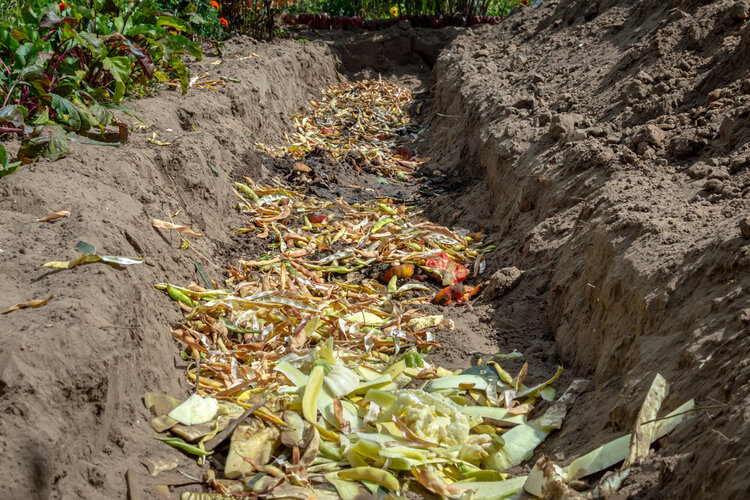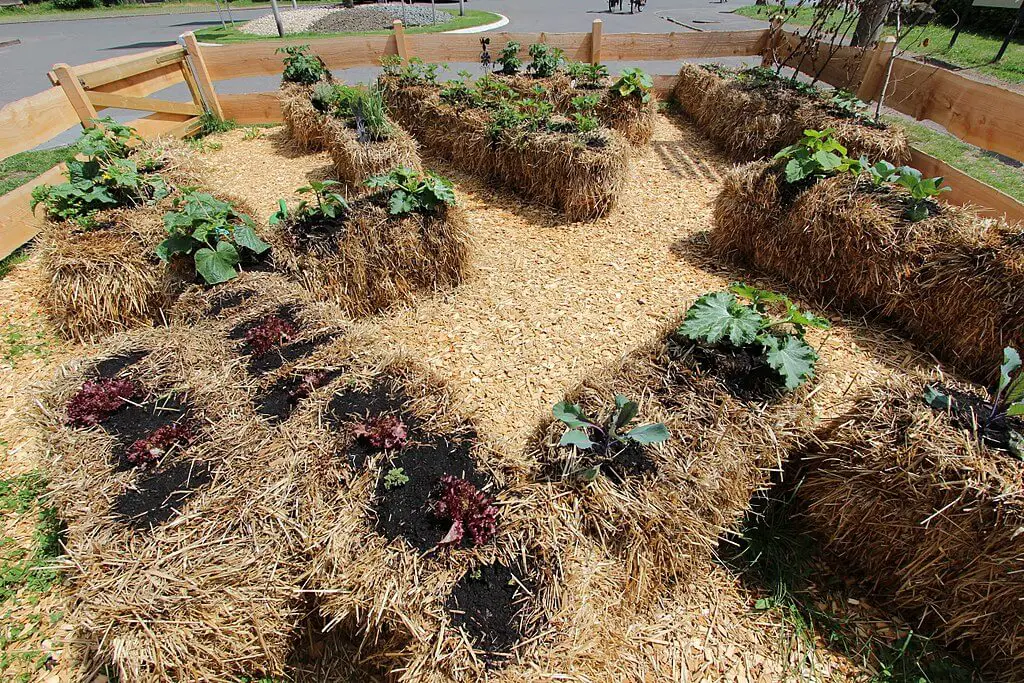Composting in bins is an effective way to get your black gold, but it's not the only option to produce nutrient-rich compost. You can try trench composting, straw bale composting, or in-site composting, which are all cheaper alternatives to a compost bin.
Table of Contents
Do You Really Need a Bin to Compost?
Whether you require a bin depends on your end goal. You can still compost your kitchen waste without a compost bin, but you need to consider your circumstances before deciding.
For instance:
- Are you concerned about having a compost heap in your backyard?
- How much nitrogen-rich food waste or brown material do you need to compost?
- Do you want to avoid issues with pests such as flies and rodents?
Let’s say you replied “yes” to some or all the questions. If that’s the case, you may need a compost bin or an enclosed compost system. Examples of other enclosed systems include the compost tumbler.
Can You Compost Without a Bin?
Yes. You can compost your vegetable scraps without a bin. Simply placing organic materials in piles on the ground does the trick. You can even set up two separate piles of compostable materials.
The lack of a container to hold the heat and the slower decomposition rate makes this composting process likely to take longer than opting for a compost bin; however, the method you choose is a matter of preference.
How to Compost at Home Without a Bin: DIY Alternatives
1. Trench Composting
You can dig a big trench for the scraps or many smaller holes. Form a line along an existing garden bed and dig a series of holes along that line. Make a habit of replacing the grounds and cores from your tea bags, coffee grounds, chicken feces, and peels every few days.
The garden bed next to these mini-bins can benefit from their addition. You may hide the dry leaves and trimmings you collect in the trench by covering them with a little layer of garden soil or mulch.

2. Straw Bale Composting
Set up at least four hay bales in such a way that they form an enclosure. Once the partition is ready, you may fill it with scraps of compostable material.
It is possible to construct an enclosure in the shape of a rectangle with over four hay bales. This structure helps make the enclosure into a cube or organize the straw bales in pallets to form a deeper enclosure.
Make your hay bale compost bin a live flower box if you’ve placed it in an obvious part of your yard and plan to use it as a focal point. Put the seeds of a decorative trailing plant inside the bale after stuffing soil inside the pockets on each bale.
After the growing season, combine the hay bales that have broken down inside the compost pile and start over with new hay bales
3. In-Site Composting
Building a compost pile in the exact location where you plan to use the end product is one of the easiest ways to make a compost heap.
Start adding your yard waste to the spot where you wish to plant a new organic garden bed if the existing turf is resistant to being displaced from its dominant position.
You can first establish the desired bed using edging or rocks to lend some form to a bland heap. Tuck the kitchen scraps underneath the yard waste to deter vermin.
After a year, top the mound with a dirt layer and mulch, then plant the new garden.
So Is It Worth Having a Compost Bin After All?
A compost bin is an excellent investment if there is limited growing space, and it will help you avoid unpleasant odors and unwanted vermin.
To determine whether you need to invest in a compost bin, you need first think about the perks and downsides of the other alternatives.
If neither of the alternative options above sound attractive to you, shop for a commercial bin that offers good value for your money.


